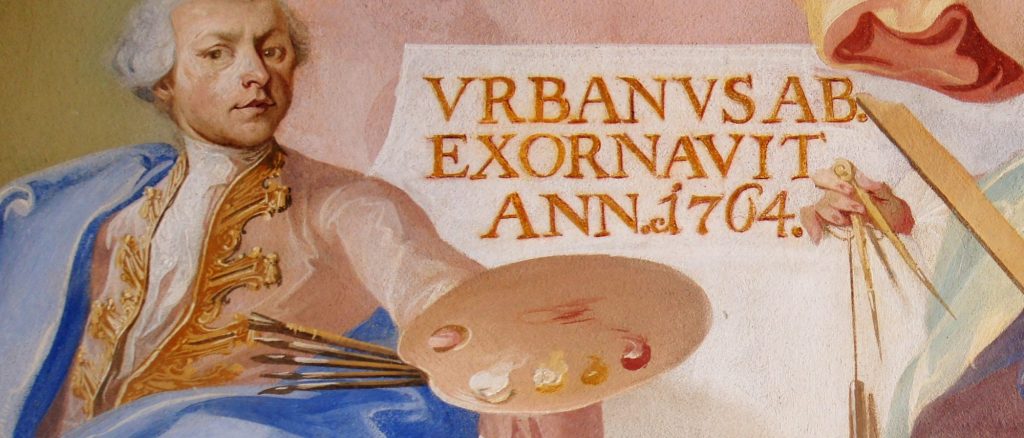
Johann Wenzel Bergl is one of the lesser-known artists of the Central European late baroque. With the exception of his “Bergl Rooms”, the fantastical landscape paintings which have become his trademark, his extensive activities have almost been forgotten. This may on the one hand be explained with the destruction of some of his important works, on the other hand it is also due to the expressive character of his figures who reject the classical ideal. But it is certainly also caused by the decorative value of Bergl’s creations. The painter was very much aware of this quality: Besides using the highly complex technique of “al fresco” painting he was also willing to offer his customers less expensive options on dry plaster (“fresco-secco”). Bergl concealed the limited design possibilities resulting from these technical conditions with an enviable lightness. The colouristic effect he was able to achieve ranks among the top performances of this era. His handling of illusionism was equally individual. The rooms he painted with fantasy landscapes opened up the walls into the far distance, using plants to disguise the edges and transitions of real space.
The excellence of Johann Wenzel Bergl’s oeuvre lies in the ambivalence which waits to be discovered beneath the surface. The formulaic design hides a passionate expressiveness that reaches far beyond the boundaries of baroque conventions. Euphoric colourfulness meets deformed bodies and faces, questioning the longing for “beautiful” figures for being trivial: In the glittering and the sparkling, everything has to submit to a dynamic and constantly changing principle. In this respect, Bergl is a representative of rococo par excellence.
